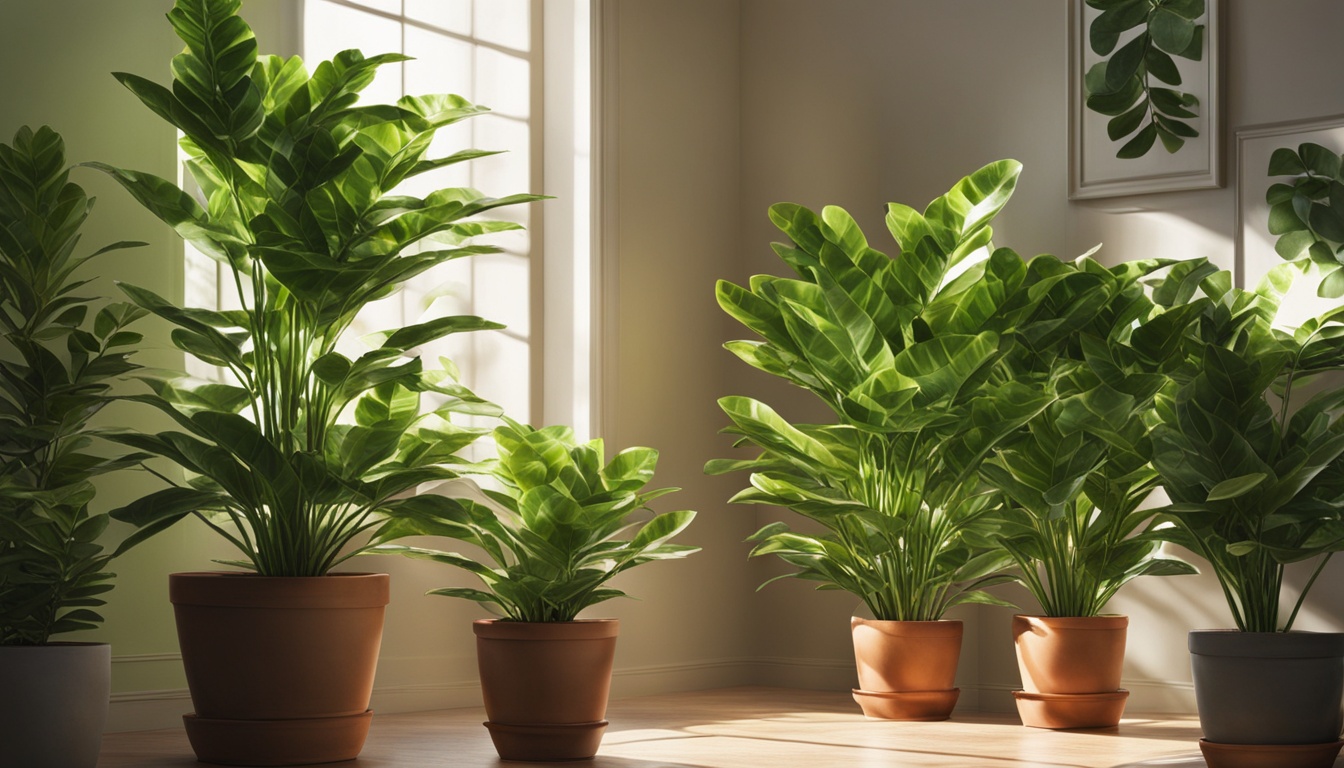If you’re considering sealing your bluestone patio, you’ll want to read this first. We’ll discuss the pros and cons of sealants, and whether or not it’s the right decision for your patio.
Keep in mind that every situation is different, so be sure to talk to a professional before making any decisions.
Now, let’s get to it!

Should I Seal My Bluestone Patio?
Yes, Sealing bluestone pavers is important because it will protect the grout joints from dirt, salt, snow, and ice. It will also prevent staining of mortar or bluestone that is not sealed already.
After scrubbing a bluestone patio clean, it is always recommended to seal it. After you’ve installed your patio, you’ll need to seal it. Sealing the patio keeps it free of mineral stains and extends its life.
To maintain its protective coating, the patio should be sealed at least once every couple of years. The majority of sealers on the market are designed to work with bluestone. A standard paintbrush should be used to apply the sealer in light strokes.
It’s best to apply two coats and wait for a day or two between them.
Sealing a bluestone patio is a great way to protect it from the elements and keep it looking new for years to come. If you’re considering sealing your patio, here are a few things you need to know.
First, not all patios need to be sealed – only those that are exposed to direct sunlight and weathering should be sealed.
Second, proper preparation is essential for successful sealing – make sure the surface is clean and free of dirt, dust, and debris before applying sealant.
Finally, not all sealants are created equal – choose a product that is formulated specifically for bluestones, such as StoneTech® Professional Sealer.
With the right product and preparation, your bluestone patio will look new for years to come!
What Happens if You Don’t Seal Bluestone?
There are a few things that can happen if you don’t seal bluestone pavers. First, your mortar will stain from water penetration and dirt buildup if it’s not sealed.
Another thing that happens when you don’t seal bluestone is that salt will break down the grout over time. If you live in a climate with snow and ice, this will happen as well.
Bluestone floors are easily damaged by oily or harsh spills, which penetrate the pores and leave a permanent stain that is unreachable by domestic cleaning methods.
We strongly advise sealing your bluestone tiles to maintain their natural appearance and feel, as well as to protect them from permanent staining and future accidental damage.
They’ll stay looking great for longer and be easier and more convenient to maintain.
How Do You Seal a Bluestone Patio?
Things You Will Need
- Acid-based cleaner
- Bluestone patio
- Bluestone sealant
- Paintbrush
- Gloves
- Face mask
- Watering can
- Water
The importance of properly sealing your bluestone should never be overlooked during the installation process. You must seal the bluestones to prevent water damage after exposure to moisture in order to properly protect your new investment.
While sealing your bluestone may appear to be a difficult task, with the right instructions and guidelines, it is actually quite simple.
- In a bucket away from the bluestone patio area, combine one part hydrochloric acid with 25 parts water. When mixing the solution, use extreme caution by wearing gloves and a face mask because the solution can cause serious damage to all parts of the human body. To ensure that the solution does not harm the stones, test it on a small section of the patio.
- Using a watering can, spread the solution evenly over the bluestone. Allow the acid solution to sit for five minutes before saturating the area with a garden hose and removing all traces of the acid solution. The acid solution will clean the area thoroughly and prepare it for sealing. The stones should be completely dry in three to four days.
- Using an industrial-size paintbrush, apply the sealant to the bluestone. Apply even coats of sealant to ensure that all areas receive equal exposure. Consult a local hardware store for the best options for determining which brand and type of sealant is best for your product. After the first coat has dried completely, apply a second coat of sealant to the area for added protection.
What Do You Seal Bluestone With?
Using a STAIN-PROOF impregnating sealer like Premium Impregnating Sealer to seal your bluestone surface and surrounding grout creates a deep, water-repellent barrier.
This will reduce the amount of water absorbed by the grout and material, reducing the risk of picture framing.
The three best materials to use as a sealant for bluestone are penetrating sealer, a clear penetrating sealer, and water-based urethane. Because bluestone is a natural material, it will absorb any liquid unless you use a high-quality sealant.
Penetrating Sealers – Penetrating sealers protect the surface from stains and penetration while allowing the stone to breathe. The solution will soak into the pores of bluestone paving and can be applied with a pump-up garden sprayer, brush, or roller.
Clear Penetrating Sealers – Clear penetrating sealer is translucent and offers very little color change after application. It will not affect the color of your bluestone pavers, but it is more expensive than penetrating sealers. This type of sealer is used for indoor and outdoor applications and can be applied with a pump-up garden sprayer or brush.
Water-Based Urethane – Water-based urethanes are strong enough to protect the surface from stains and penetration, while still allowing the stone to breathe. They offer protection from UV rays and moisture with a minimal change in color or texture of bluestone pavers.
There are many sealers available on the market today, but you want to make sure they are compatible with your bluestone paving material before use.
Conclusion
Don’t let your bluestone patio suffer. Use the following tips to make sure you are applying a sealant that will protect it from stains and water penetration, while still allowing for breathability of the material.
When choosing a sealant, look for one that is low in volatile organic compounds (VOCs), meaning there should be little-to-no odor after application.




Leave a Reply